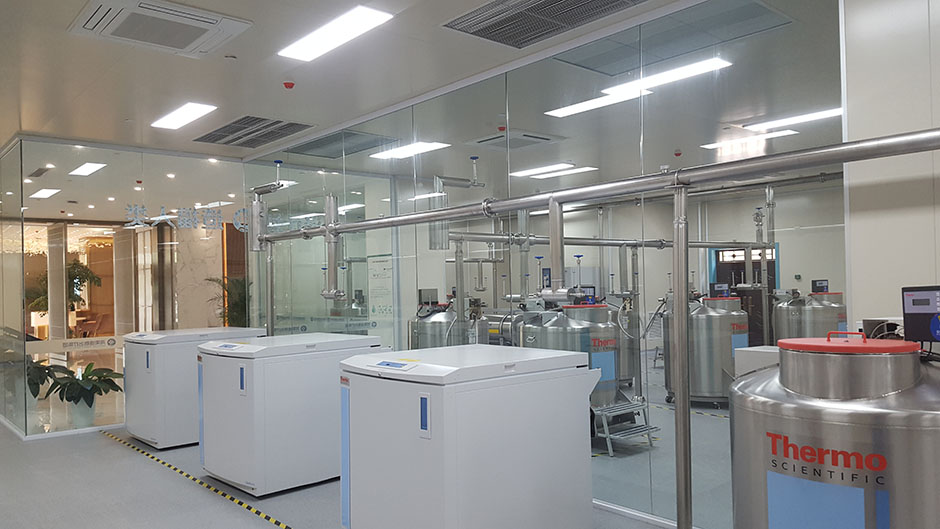The Engineering Marvel of vacuum jacketed pipe
Vacuum insulated pipe (VIP), also known as vacuum jacketed pipe (VJP), utilizes a high-vacuum annulus (10⁻⁶ Torr) between concentric stainless-steel layers to achieve near-zero heat transfer. In LNG infrastructure, these systems reduce daily boil-off rates to below 0.08%, compared to 0.15% for conventional foam-insulated pipes. For example, Chevron’s Gorgon LNG project in Australia employs 18 km of vacuum jacketed pipe to maintain -162°C temperatures across its coastal export terminal, cutting annual energy losses by $6.2 million.
Arctic Challenges: VIPs in Extreme Environments
In Siberia’s Yamal Peninsula, where winter temperatures plummet to -50°C, VIP networks with 40-layer MLI (multilayer insulation) ensure LNG remains in liquid form during 2,000 km trans-shipments. Rosneft’s 2023 report highlights that vacuum-insulated cryogenic piping reduced vaporization losses by 53%, saving 120,000 tons of LNG annually—equivalent to powering 450,000 European homes.
Future Innovations: Flexibility Meets Sustainability
Emerging hybrid designs integrate vacuum-insulated hoses for modular connectivity. Shell’s Prelude FLNG facility recently tested corrugated vacuum-jacket flexible hoses, achieving 22% faster loading speeds while withstanding 15 MPa pressure. Additionally, graphene-enhanced MLI prototypes show potential to further slash thermal conductivity by 30%, aligning with the EU’s 2030 methane emission reduction targets.

Post time: Mar-03-2025






